Trump's 'Public Health Emergency' For Opioids Doesn't Go Far Enough
In wide-ranging remarks that started on specific policies and moved into meandering comments that lay blame at the feet of doctors and drug cartels alike, President Donald Trump declared the opioid epidemic a public health emergency on Thursday.
“No part of our society — not young or old, rich or poor, urban or rural — has been spared [by] this plague of drug addiction and this horrible, horrible situation that’s taken place with opioids,” Trump said during a speech at the White House.
This new designation diverges from Trump’s August announcement that he planned to declare the opioid crisis a national emergency, not a public health emergency.
From a funding perspective, this public health emergency designation is especially distinct from a national emergency. A national emergency would allow Trump to offer immediate aid, FEMA funding to communities in crisis and reimbursements for local governments for extraordinary expenses.
In contrast, the public health emergency designation will free up money only from the public health emergency fund, which currently has just $57,000 in it, USA Today reported. To put that number in perspective, the economic burden of opioid abuse, overdose and dependence was estimated to be $78.5 billion in 2013. Moreover, Trump’s 2018 tax plan calls for reducing the opioid epidemic funding by $97 million, compared to 2017 spending.
Had Trump formally followed through with his August pronouncement, declaring a national emergency for the opioid epidemic would have been an unusual move. Historically, national emergencies have been issued to impose sanctions on other countries, while public health emergencies have focused on targeted public health problems, like hurricanes and infectious disease outbreaks.
Trump’s policy plan did include some developments experts say will help. The declaration could help secure federal grant money, which would be used to expand access to telemedicine services for addiction treatment and medication-based addiction treatments like buprenorphine. Expanding those services would benefit people with addiction in rural areas, where there’s a shortage of doctors.
The plan also highlighted a partnership between the National Institutes of Health and the pharmaceutical industry to develop new treatments for addiction, as well as non-addictive pain treatments to address the needs of the more than 100 million Americans with chronic pain.
These measures intend to help people gain access to treatment, especially in rural areas, but without additional funding, and in the face of cutbacks to the health services that enabled people with addiction to pay for treatment under the Affordable Care Act, that’s not good enough.
Declaring an emergency needs to go beyond symbolism
“Federal recognition as a public health emergency is a first step in mobilizing the resources and political support necessary to deliver a comprehensive response to the opioid crisis,” Dr. Peter Friedmann, associate dean for research at the University of Massachusetts Medical School and chief research officer at the nonprofit Baystate Health told HuffPost.
“However, if the funding and political will are not found to expand the harm reduction and medication interventions that are known to work, this announcement will remain only symbolic, and people will continue to overdose and die at an unprecedented rate,” he said.
In 2016, more than 64,000 Americans died of drug overdoses, up 22 percent from the 52,000 overdose deaths in 2015. As it stands, overdose deaths are outpacing other public health epidemics, including firearm deaths, gun homicides and car crashes in their deadliest years.
“Mentioning a few helpful items … is not a plan for tackling a public health emergency. We need a plan with details, and we need an appropriation request in the billions to build a treatment system,” Andrew Kolodny, an opioid policy expert at Brandeis University, told Vox. “Until effective outpatient treatment is easier to access than pain pills, heroin and fentanyl, overdose deaths will remain at record-high levels.”
Drug education won’t help people who are already addicted
Instead, in a statement from the White House, the administration highlighted the Justice Department’s efforts to crack down on the drug supply chain, including the department’s health care fraud takedown and charges against Chinese fentanyl manufacturers. The statement also touted the Centers for Disease Control and Prevention’s launch of a multimedia awareness campaign about addiction.
“If we can teach young people not to take drugs,” Trump said on Thursday. “It’s really, really easy not to take them.”
In reality, neither limiting the drug supply, nor encouraging kids to avoid drugs, addresses the burgeoning population of Americans ― 20.8 million of them in 2015 ― who are already living with addiction.
“The bottom line is that scare campaigns and anti-drug campaigns have not worked,” Grant Smith, deputy director of national affairs at the Drug Policy Alliance previously told HuffPost.
“Really we should be focusing on the harms and reducing the harms around drug use.”
This is lip service if Trump’s also trying to cut Medicaid
And Trump’s continued efforts to cut Medicaid benefits, which helped low-income and vulnerable people to access addiction treatment under the Affordable Care Act, could potentially deny treatment to the very people the public health emergency is supposed to help.
According to the Kaiser Family Foundation, Medicaid covered three in 10 nonelderly adults with opioid addiction in 2015.
“A comprehensive plan would increase health insurance coverage, especially Medicaid, and protect essential benefits so that victims of the crisis can access treatment,” Dr. Georges Benjamin, executive director of the American Public Health Association said in a statement.
Also on HuffPost
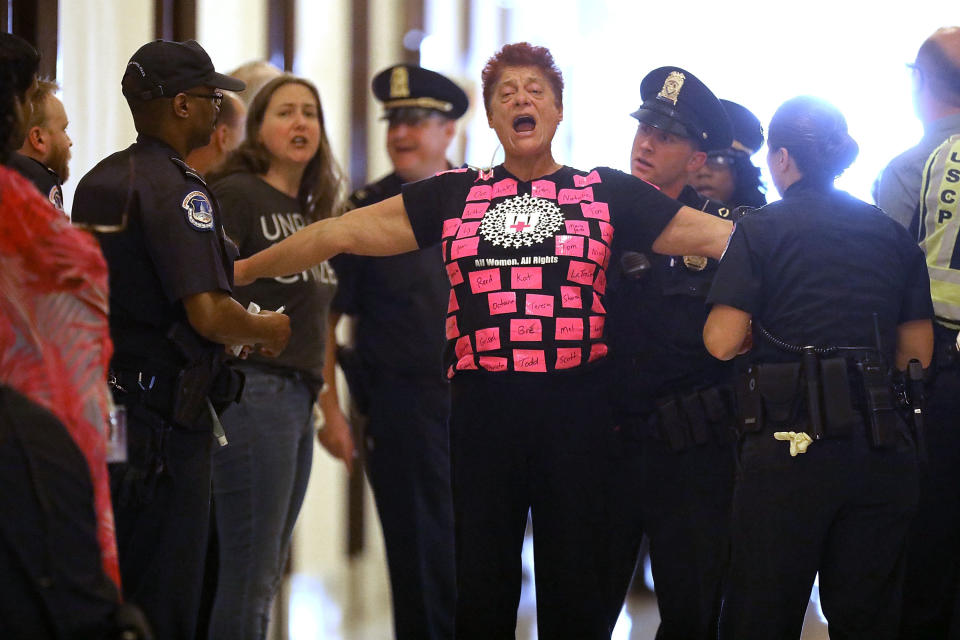
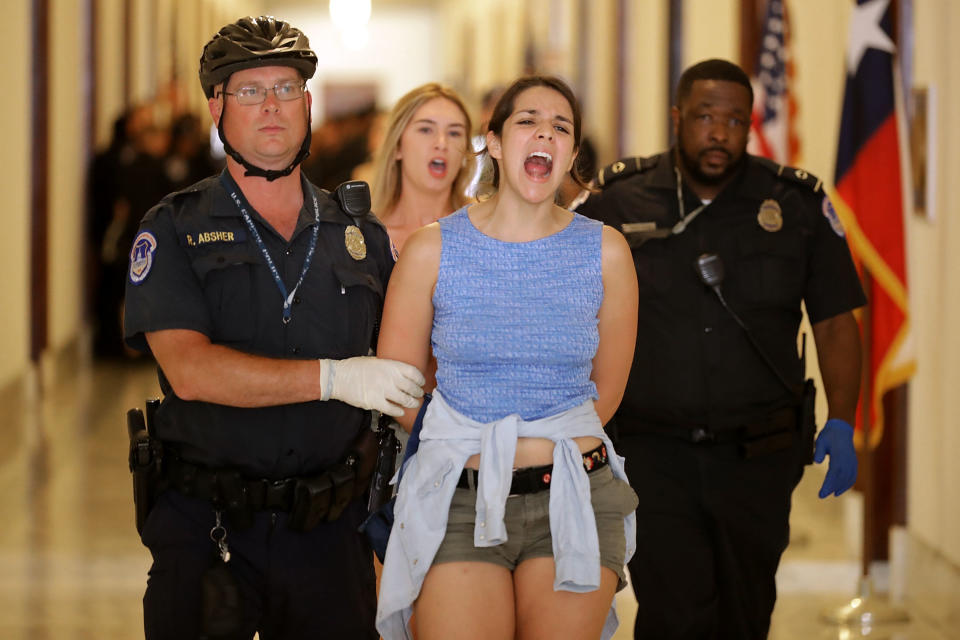
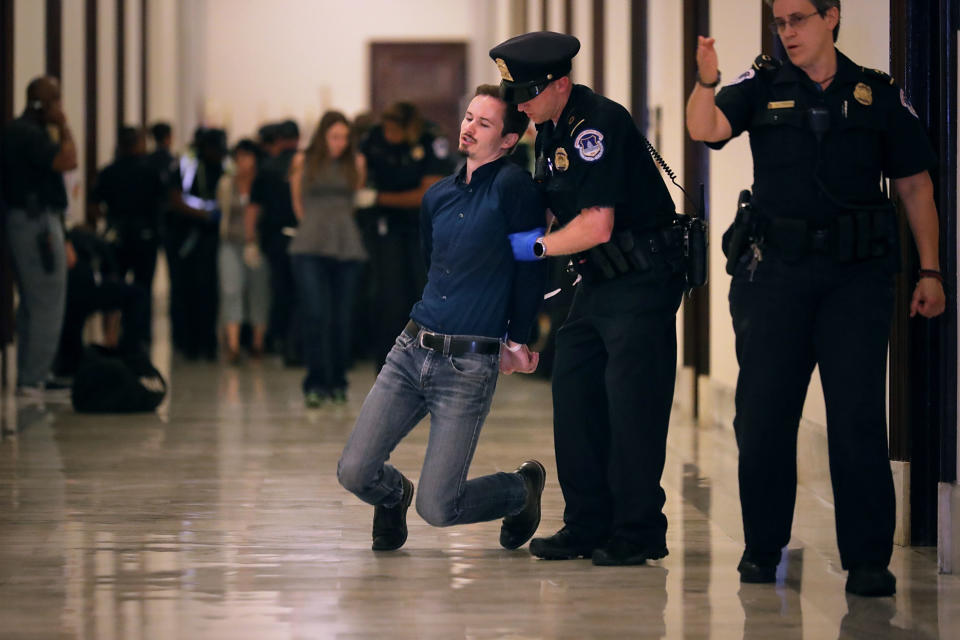
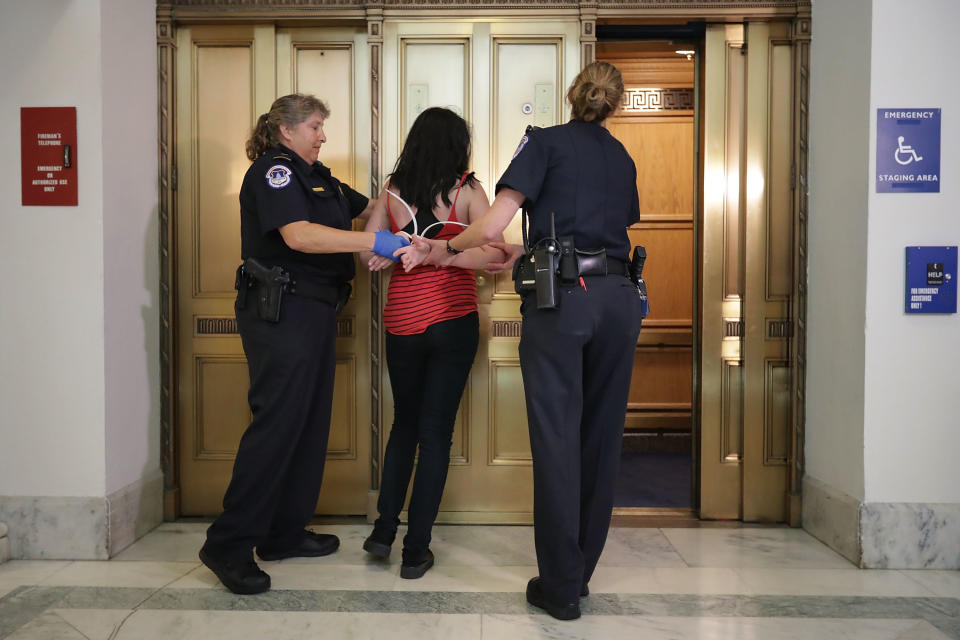
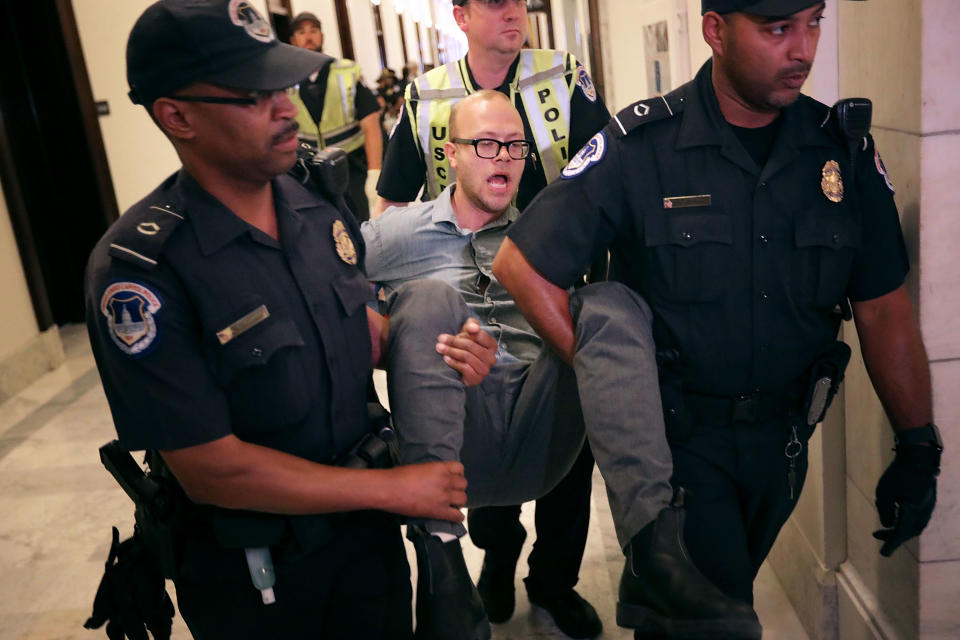
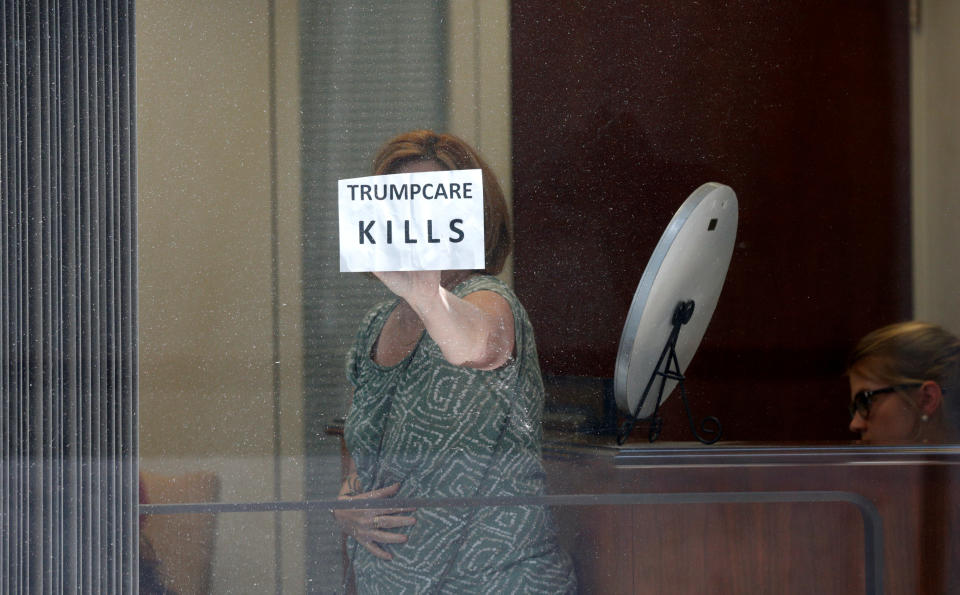
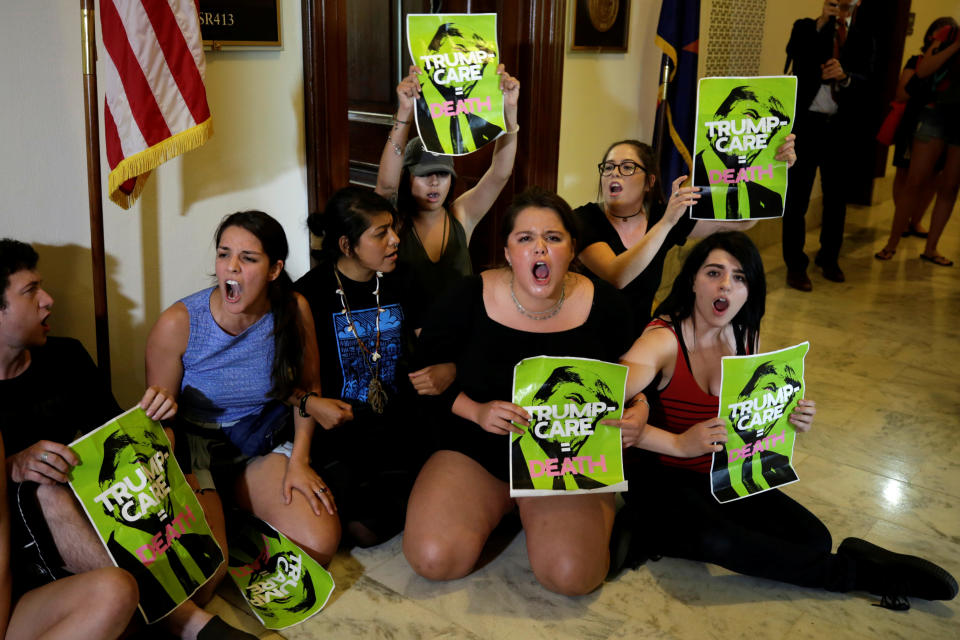
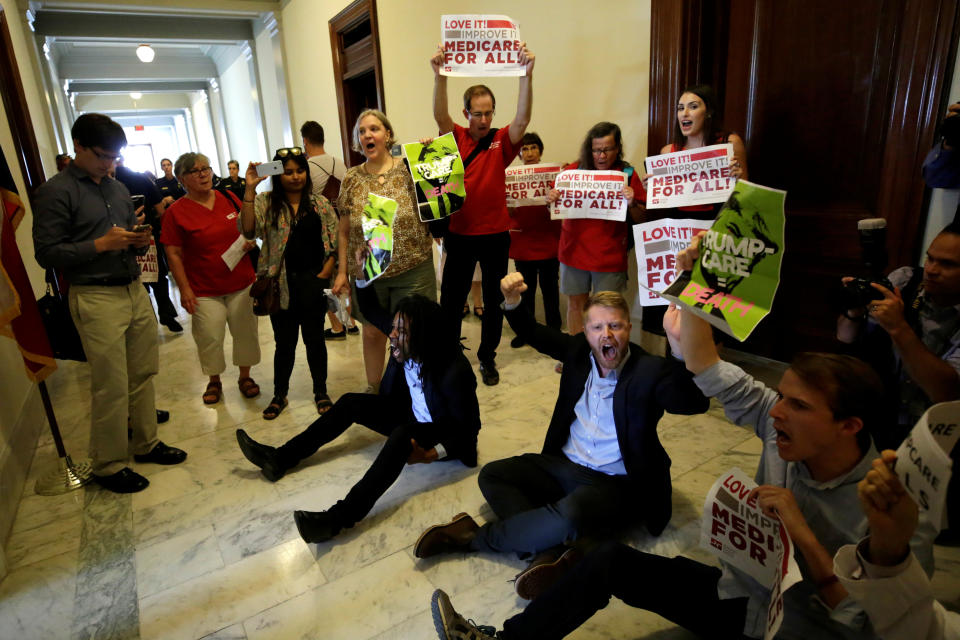
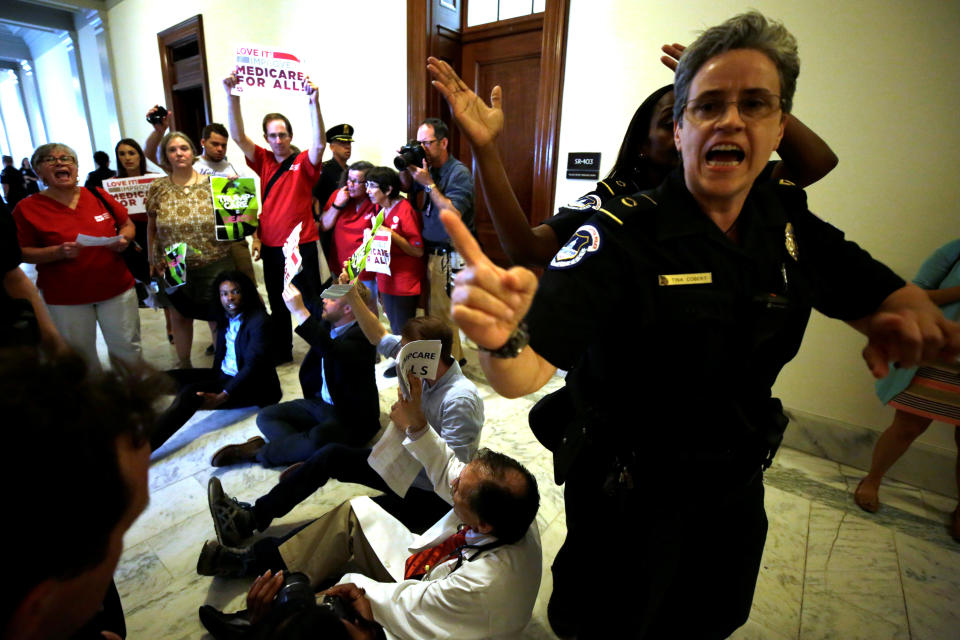
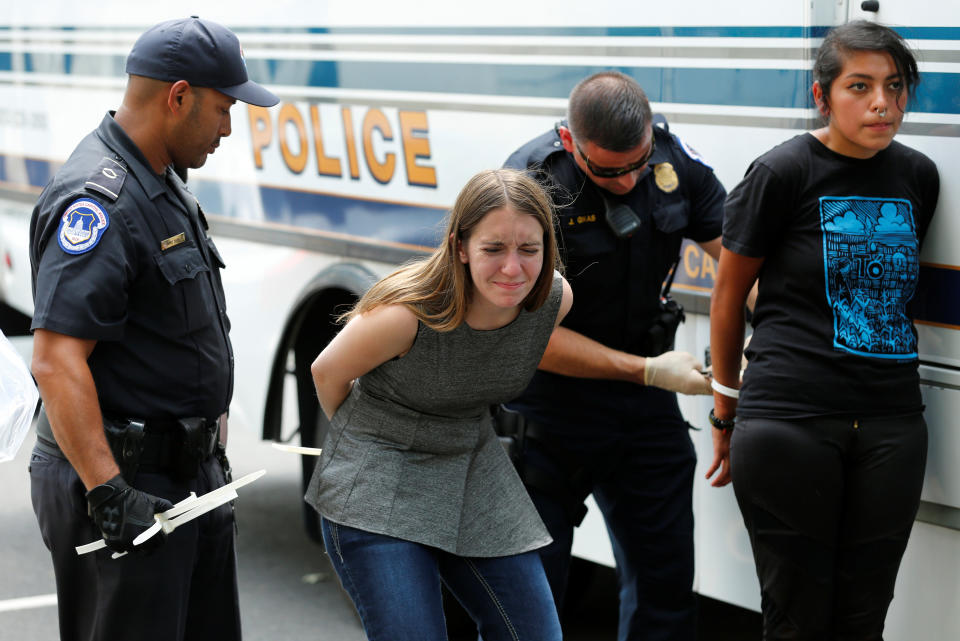
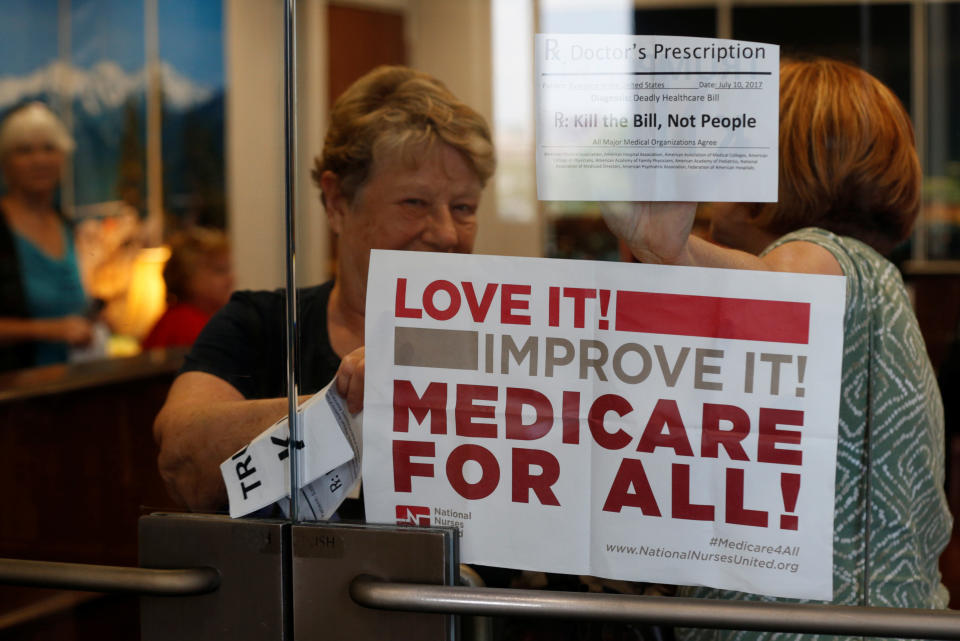
Love HuffPost? Become a founding member of HuffPost Plus today.
This article originally appeared on HuffPost.

